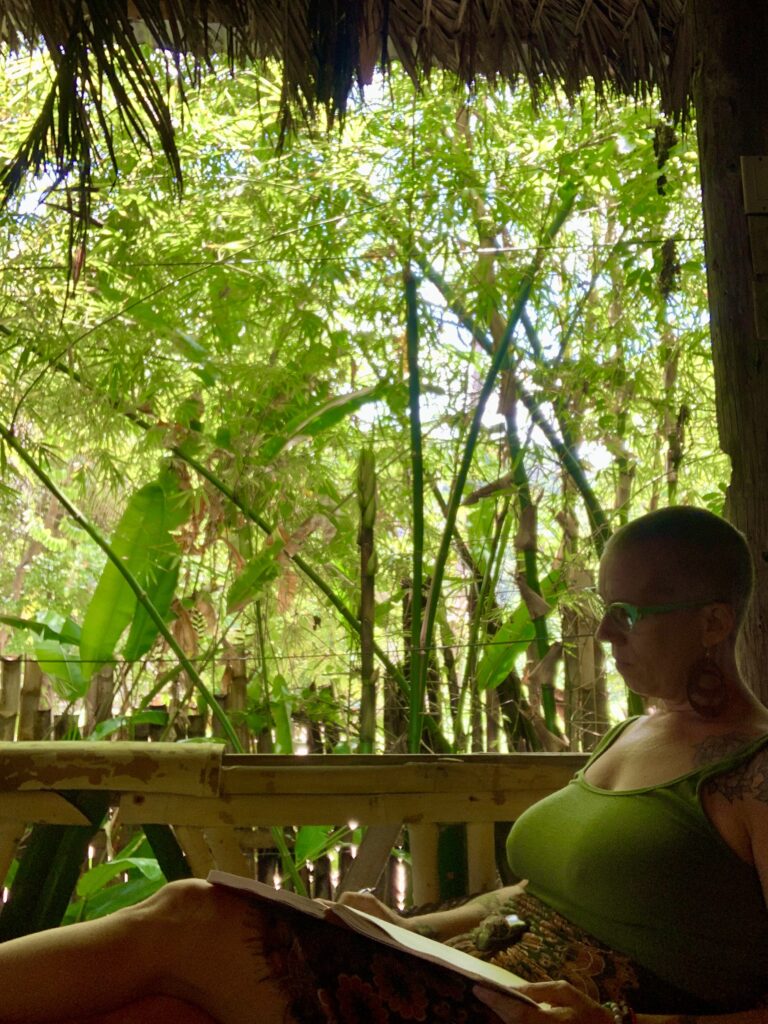Meditation is an important tool in the journey to self and it can feel difficult and impossible. Check out this article if you are looking for simple ways to make meditation easy.

6 Ways to Make Meditation Simple and Enjoyable
People often say to me that they wish they could meditate but ________ (fill in the blank: I don’t know how, I don’t have time, it looks hard to sit for so long and do nothing, how do I know if I’m doing it right, etc…). You may have started off feeling curious and maybe even excited about meditation and then after a web search for more information and resources, you may have become overwhelmed with the amount of information out there about meditation. This information overload can easily create blockages and even anxiety around meditation so I thought I would offer a simple way to think about and “do” meditation.
Take the pressure off of yourself when it comes to meditation. It doesn't have to be difficult or complicated.

1.Ponder why you want to meditate
Why do you want to meditate? To have more peace in your life? To have some quiet time to yourself? Because you are curious about it? Because someone told you to try it? Whatever the reason, there is no right or wrong answer here! Give yourself permission to get quiet and ask yourself why you want to do this. If you don’t get a clear answer, that’s ok. If you are being called to meditation and you don’t know why, that’s ok. Making time for contemplation about meditation is a good first step to building a practice that is uniquely yours that you will look forward to.
2. The best kind of meditation is the kind that you will do (and look forward to doing)!
I have been practicing and studying meditation for over twelve years and when someone asks me what “kind” of meditation I “do,” I don’t have a one word an answer for that. Over time, I have developed a practice that is unique to me and it doesn’t have a fancy name. When I first started meditating, guided meditations worked best for me because they gave me something that I could focus on and it felt like there was a beginning and an ending. If you have discovered a specific type of meditation that resonates with you, start with that. If you haven’t yet discovered something in particular that resonates with you, consider trying guided meditations or even just sitting down, closing your eyes, and being. You don’t have to make it complicated and there is no such thing as perfection.
When we try too hard to do something, we create stress and resistance and ultimately we won't want to do it again.

3. Don’t try too hard
When it comes to meditation, trying too hard can create stress, resistance, and ultimately make you not want to do it anymore. There is no one “right” way to meditate. Let me say that again! THERE IS NO ONE “RIGHT” WAY TO MEDITATE. You don’t need to try and do it the “right” way…take that pressure off of yourself. You also don’t need to try and reach a state where you no longer have thoughts. I used to think that was the purpose of meditation…to not think at all. Once I realized that wasn’t the purpose of meditation, it was such a relief! Trying to stop your thoughts is a futile act that creates stress and resistance in meditation. Allow your thoughts to be present and choose not to engage with them.
A visual that works for me is to imagine that my mind is like a snow globe with the snow being my thoughts. We are often living in the space of the shaken snow globe with thoughts just swirling in our head all the time as we get a constant flow of input. Meditation is a way to stop the flow of input because you aren’t talking to someone, reading something, watching something, etc. When the input is stopped, that doesn’t mean that the snow in our globes automatically settles. The snow will still swirl for awhile and the longer you are able to sit in meditation without engaging with your thoughts, the more the snow will settle.
There is no one “right” way to meditate.
4. Start small
When I first started meditating, I literally started for one minute. Yes, one minute! It actually felt like a really long time because I was so used to being busy and having constant mind chatter that sitting down for one whole minute felt so long. I quickly came to look forward to these one minute meditation breaks during my day. I would even hide in my car during a break at work and set a timer for a minute so that I could meditate! These one minute meditations turned into 5-10 minute guided meditations over time as I really began to see my meditation minutes as little retreats throughout my busy day. Starting small helped me to feel that incorporating meditation into my daily life was doable and it took so much pressure off of me that I truly began to enjoy the time.
5. It’s ok to keep it super simple
You’ll find all kinds of things out there to buy for your meditation practice: singing bowls, incense, crystals, fancy pillows, etc. It’s ok to not have any of these things and still meditate. It’s ok to have all of these things for your meditation practice. Give yourself permission to do what works for you. You may find that creating a space for yourself to meditate at home is helpful. You may find that idea overwhelming and creating a blockage to you starting. It’s ok to meditate wherever you are! Give yourself permission to simply sit on the couch and close your eyes to meditate. It doesn’t have to be fancy (but if you like fancy, that’s perfectly ok, too!).
6. Meditate in whatever position is most comfortable for you
This was a big one for me! When I first started meditating, I believed that the best way to do it was sitting up nice and straight on the floor in the criss-cross applesauce position (I used to be an elementary school teacher, haha!). It was so uncomfortable for me that I decided I just wasn’t cut out for meditation after all. Somewhere along the way in my journey, I decided to give myself permission to meditate in whatever position I wanted and it was a game changer! My favorite way to meditate at home now is using two of my bed pillows on the floor: one to sit on and I put the other one up against a wall to lean on it. This helps my back to feel supported and allows me to sit longer in meditation. I have also found that meditating in a chair works for me and lying down is ok, too, but that position often makes me eventually fall asleep (which is perfect for a right-before-bed-meditation-for-sleep!). I also had a belief when I first began meditation that it wasn’t ok to move around during meditation, that I was supposed to stay completely still. I am now of the belief that if my physical body needs to move or readjust, I am allowed to do that.

Meditation has truly become a wonderful gift in my life and something that I look forward to. I encourage you to take the pressure off of yourself and to create a practice that works for you. Start small, don’t try too hard, and give yourself permission to meditate in a position that is comfortable for you. Remember, the best kind of meditation is the kind that you look forward to doing!